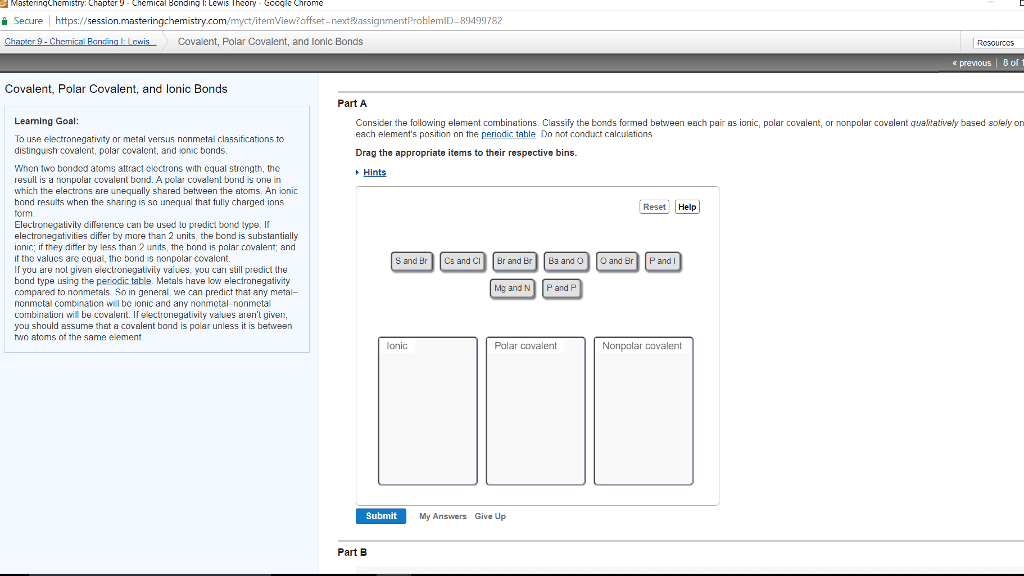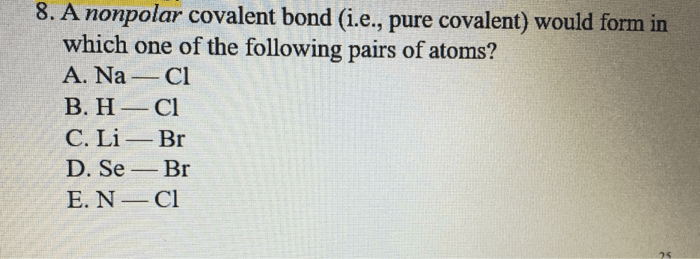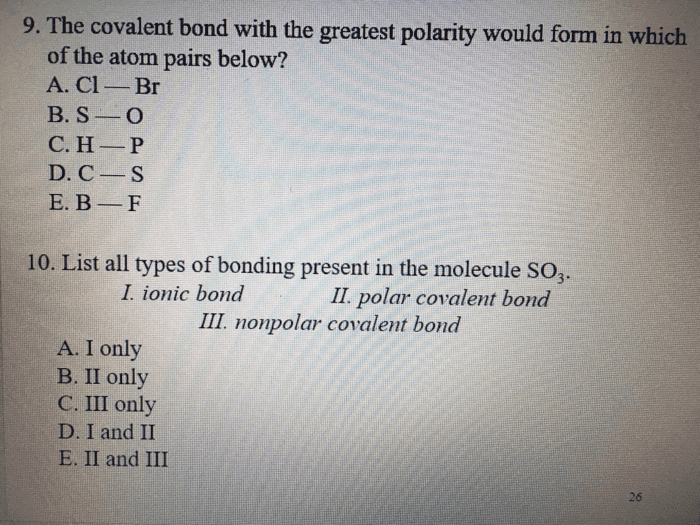Chemistry 1301A/B Chapter 2: 2015-2016
Document Summary
Once the bond is created, any memory of where the e- originated is lost; they are a bonding pair. When drawing chemical structures, the valence e- are indicated by dots around the atoms, and a bond is represented with two dots or a line b/w the two bonding species. When the electronegativity difference is 1. 9 (approx. ) or greater, there is a complete transfer of an e - from the atom of lower electronegativity to the atom of higher electronegativity. This transfer results in the formation of two ions, one cation (+) and one anion (-): o. The attractive forces b/w anions and cations form crystal lattices in the solid state, which are very strong and account for high melting points. Elements of low electronegativity (i. e. akali and akline earth metals) form ionic bonds. Elements of high electronegativity (i. e. o, halogens) can form either ionic or covalent bonds. Involves sharing of e-, but sharing may or may not be equal.





